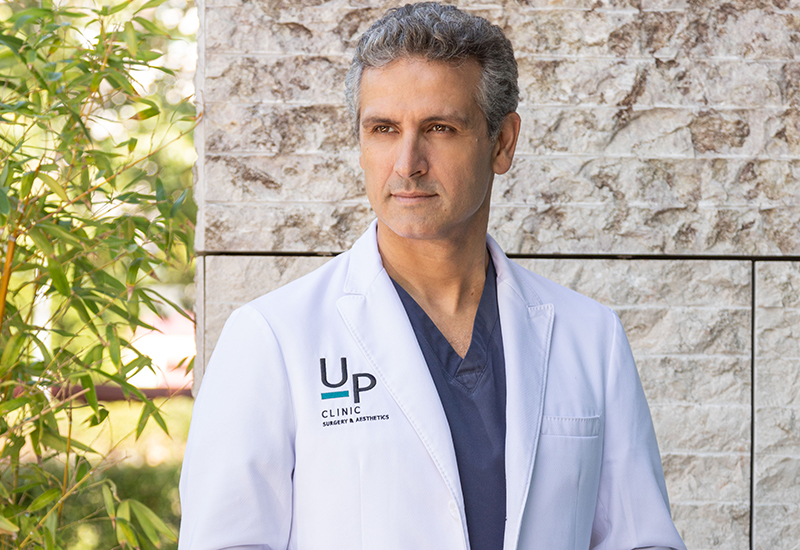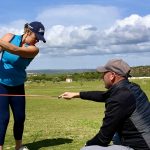The periocular area (eye) plays a fundamental role in our emotional expressions and the attractiveness of our faces. When we communicate with someone, it’s always eye-to-eye contact at the beginning, even to ourselves looking in the mirror.
So, the periocular area is responsible for the perception of beauty, ageing, tiredness, and sadness. It’s composed of five main zones (and not just the excess of skin and eyebags): Forehead, Temple, Brow, Upper eyelid and Lower eyelid.
In the forehead, deep wrinkles, hollowness and sagging tissues are the main characteristics; the temple area loses volume allowing the lateral orbital bone to be more visible and skeletonised, giving an elderly look.
The brow is an area that is often forgotten. Patients tend to think that the upper ocular area is just the skin of the upper eyelid, but in many cases, like mine, for instance, it’s the brow descent that is causing the aged appearance. The tail of the brow also loses its convex shape, becoming more flat.
The upper eyelid has three main ageing signs:
excess of skin, hollowing of the eyeball and small protruding fat pad in the internal cantus.
Drooping of the eyelid, called ‘ptosis’, is not related to the excess of skin, but the lid itself that is positioned lower than it should. Normally the lid should cover only 1 or 2 mm of the iris, but with age (or congenitally), it loses its strength and falls down.
Last but not least, the lower eyelid, where the eyebags and dark circles produce a tired look.
So, to sum up, ‘periocular’ is not just eyelids, and this perception, from the aesthetic plastic surgeon and from the patient, is crucial to providing a comprehensive approach that fits the patient’s individual needs.
The main techniques are:
Upper blepharoplasty skin excision
Endoscopic brow lift
Eye bag reduction
Regenerative stem cell treatment
Some are performed under local anaesthetic, some with sedation or general anaesthesia. The patient goes home on the same day, and recovery is expected between one to two weeks.
Tiago Baptista-Fernandes is a specialist in plastic surgery.
tiago.baptistafernandes@upclinic.pt
+351 213 150 201
+351 925 227 377













